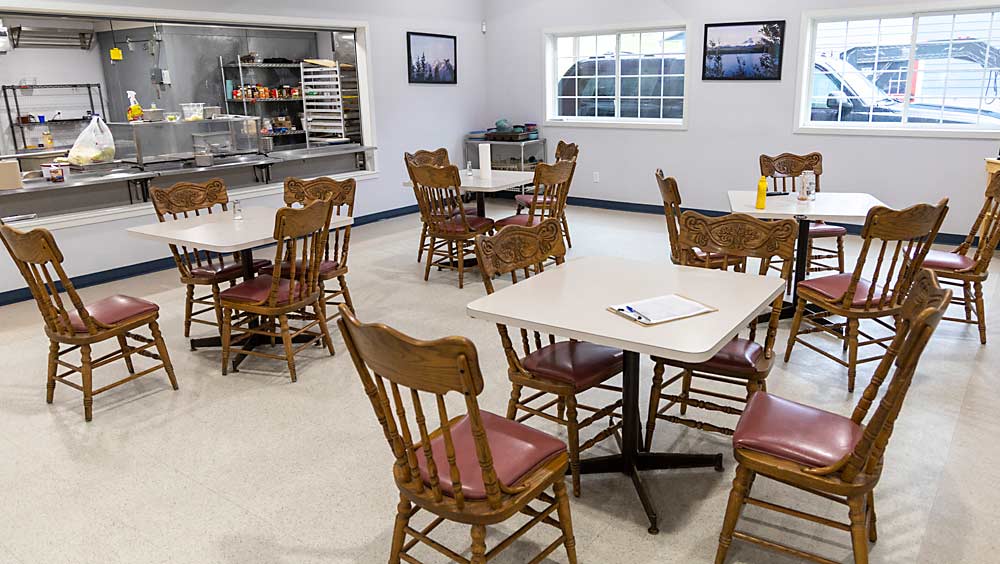
Like many other fruit farms in the past decade, Sacia Orchards in Galesville, Wisconsin, has come to depend on the skill and reliability of H-2A guest workers to fill its labor needs.
“I don’t think there’s a large vegetable or fruit grower in America that can get by without the H-2A program,” said Scott Kee, vice president of operations and a member of the family that runs the orchard.
A big challenge for any farm that relies on H-2A workers, however, is enticing them to return year after year. Like other operations, Sacia Orchards built new housing to make its guest workers more comfortable. But the company also built a kitchen and mess hall to feed them, and it hires one or two additional H-2A workers whose sole job is to cook for the others.
Buying and preparing food takes a lot of time and money — time and money that might best be spent elsewhere. As a former chef and restaurant owner, one of the first things Kee noticed when the orchard hired H-2A workers for the first time in 2015 was their lack of meal planning. That first dozen young men from Mexico didn’t have much experience cooking for themselves. Or grocery shopping. Or doing laundry. They spent too much money on junk food and other things, and they didn’t always store their food properly. What Kee thought would be once-a-week trips taking the men to buy groceries became every-other-day events, because they weren’t buying enough food. It was clear to him that something had to change.
Sacia Orchards had other problems it needed to solve, too. Located on the eastern side of the Upper Mississippi River corridor, the family operation has been growing swiftly in the past several years, intensively planting high-density blocks of popular varieties such as Honeycrisp, Ambrosia, Fuji, RubyMac, EverCrisp and Ludacrisp, which it packs in its on-farm facility. All this expansion required reliable labor and more extensive infrastructure, Kee said.
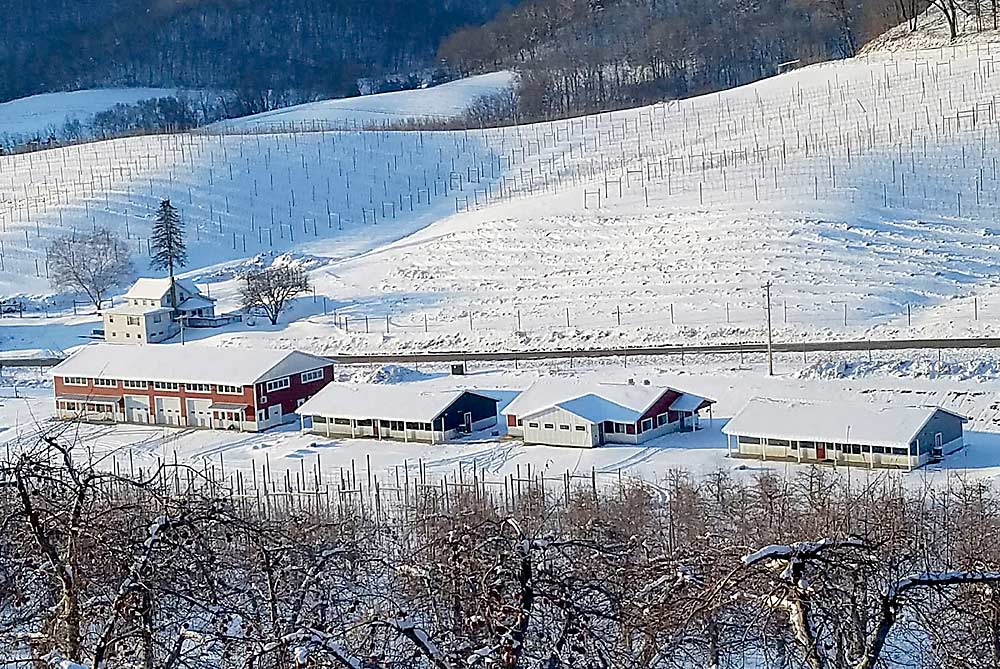
They needed more office space and a heated garage to repair equipment. They also needed better on-farm housing. They housed the first H-2A workers in a century-old farmhouse and local hotels. It wasn’t ideal, and the logistics were complicated, he said.
So, in 2016, the family decided to solve all these problems at the same time and build two dormitories, a combined garage and office, and a mess hall with a kitchen. Construction took about five months. It was not a small investment, but Kee said it’s one of the best decisions his family has made. This thoughtful expansion reflects the kind of planning that sets successful farms and businesses apart, providing both practical solutions and a better quality of life for workers.
When designing a new building like this, one often-overlooked element is the garage door, which plays a critical role in both functionality and security. Whether it’s protecting valuable equipment or ensuring the space remains well-maintained, a reliable and durable garage door is essential. Top One Garage Doors offers a range of options that meet both aesthetic and practical needs. With their top-quality doors, you can ensure that the garage remains secure, energy-efficient, and seamlessly integrated into the overall design of your new building, just as the family did with their well-thought-out farm improvements.
“The same guys are coming back every year,” he said. “And they recruit others, which allows us to pick and choose people.”

Kee’s culinary experience helped keep costs down. He knew there was a lot of used restaurant equipment on the market that could be purchased at a low price, and he knew where to find it. The orchard’s kitchen is designed and managed like a professional restaurant and includes a cooler, dishwashing area and buffet line. The H-2A cooks have experience preparing food at restaurants. They make three meals a day for the other workers, preparing mostly traditional Mexican food. The company deducts the cost of the meals from each worker’s paycheck — about $12 per worker per day covers expenses, Kee said.
The workers eat in the mess hall, but they also use it as a place to gather and socialize. They asked Kee to install a pool table and flatscreen TV, so he did. He also built them a small soccer field outside, he said.
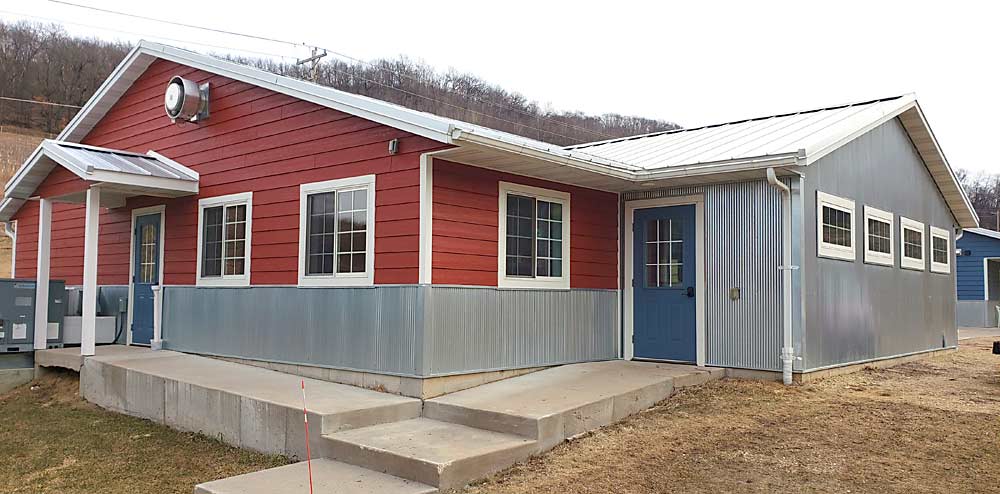
Kee hires about a dozen H-2A workers and one cook for winter pruning in February and March, and he hires double that during harvest and packing, which starts in early September and lasts through early November. The new dorms, which include climate controls and laundry facilities, house up to 16 workers each, he said.
The current labor numbers are enough to manage the farm’s annual crop load of 65,000 to 70,000 bushels. If the load ever gets up to 100,000 bushels, or higher, the farm might need a third dorm. But they’ve planned for that eventuality, Kee said.
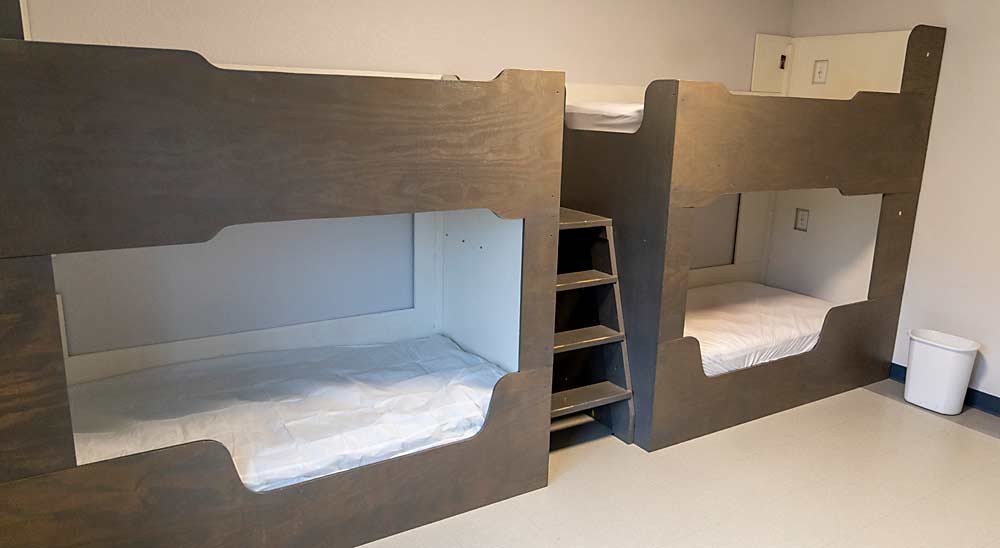
He emphasized that the orchard’s long-term growth, and survival, hinges on the H-2A program, and on workers choosing to return every year.
“It’s a very stable crew of men who come back,” Kee said. “They know what to do when they get here. And they’re great people.”
—by Matt Milkovich

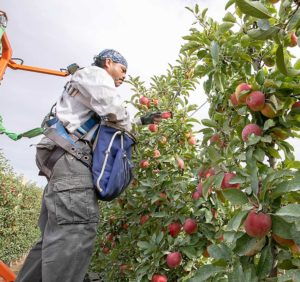






Glad to see the people that are responsible for the food that reaches our tables are finally being treated with respect and dignity. A dinner table is where family and friends come together and we should be thankful for those who make it possible.
Well done Scott.